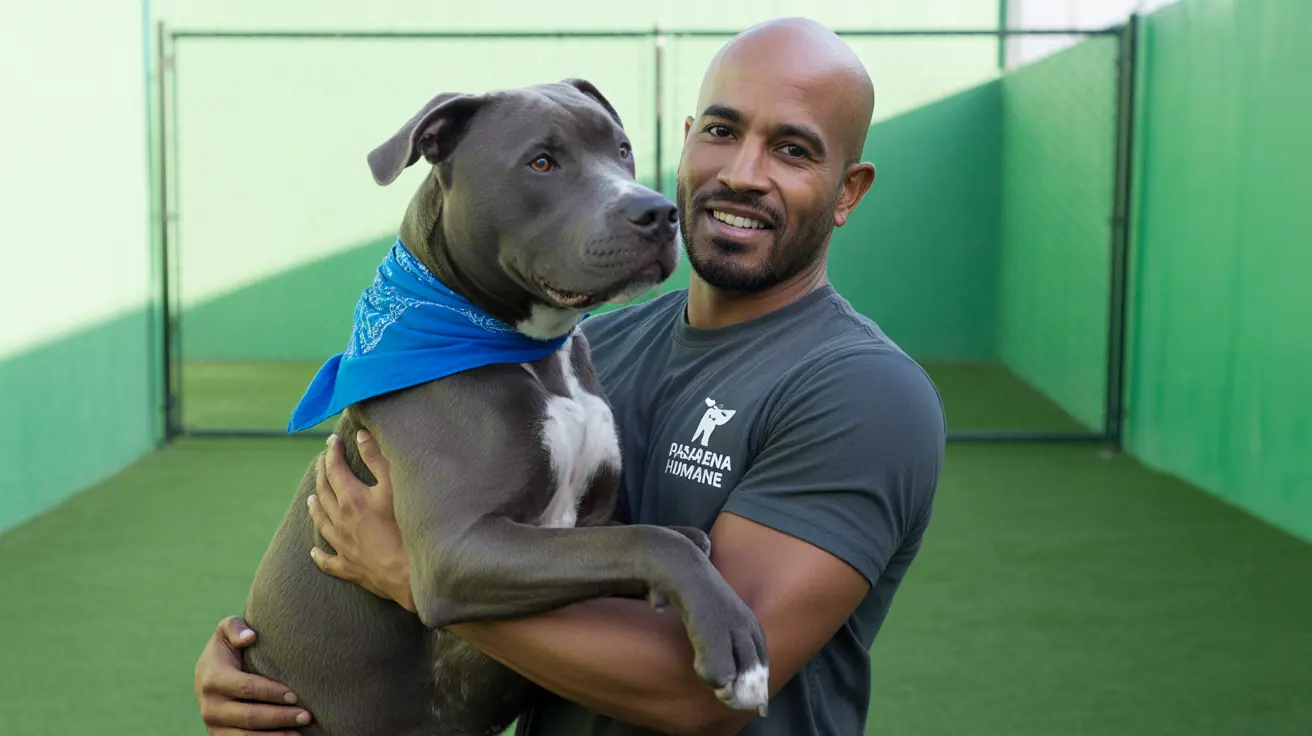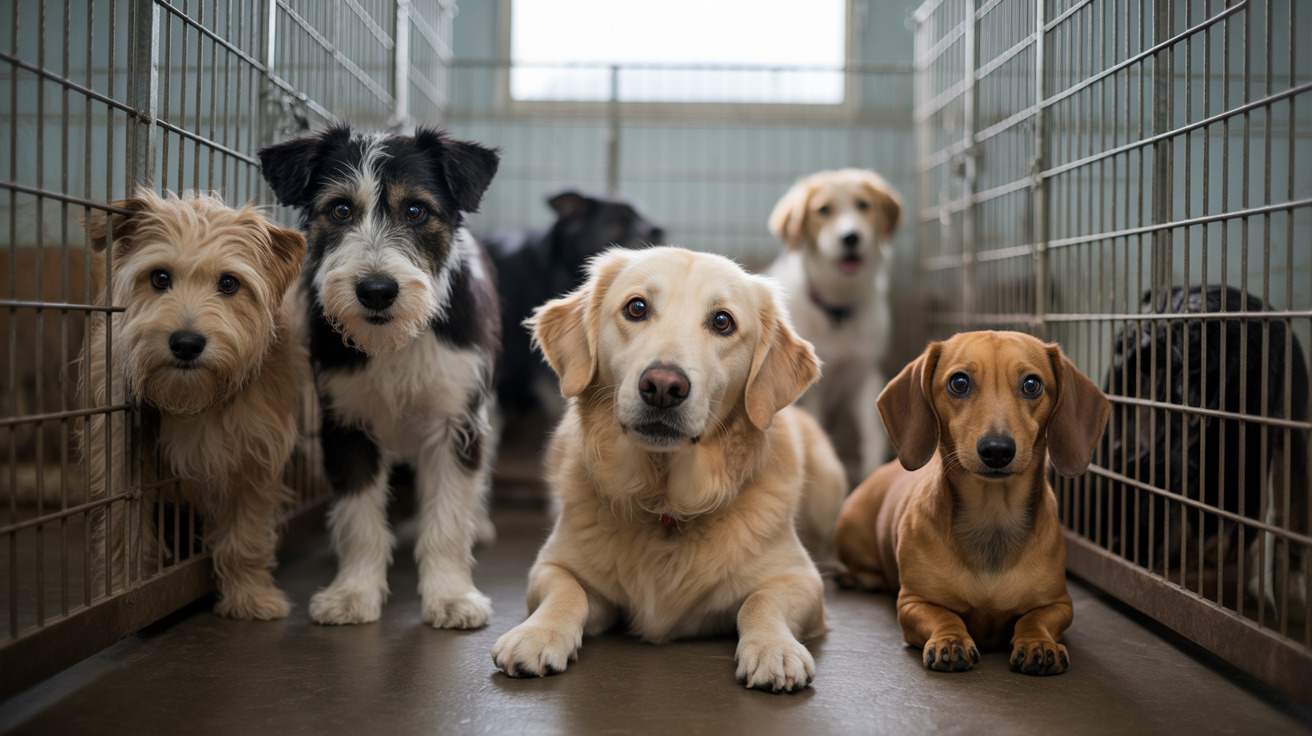The Main Functions of a Dog’s Tail
When you watch a dog, it’s hard not to notice the tail—wagging, curling, or sometimes tucked away. While it might seem like just another furry appendage, a dog’s tail serves several crucial purposes that go far beyond simple decoration. Let’s explore how this often-overlooked body part helps dogs communicate, move, and even stay warm.
Anatomy and Variety
The tail sits at the end of the spine and is made up of multiple vertebrae wrapped in muscle. This structure gives dogs impressive control: they can lift, wag, curl, or tuck their tails with ease. Not all dogs have the same kind of tail—some breeds are born with short or absent tails (naturally bobtailed), while others have their tails docked due to tradition or breed standards. You’ll see tails that are long and waving, tightly curled over the back, thick like an otter’s, or short and stubby.
Communication: The Tail as a Signal Flag
One of the most important jobs for a dog’s tail is communication. Dogs use their tails as visible signals to express emotional states to other dogs and to humans. The way a dog holds its tail—high and stiff or low and tucked—can speak volumes about what it’s feeling:
- A high, stiff tail often means confidence or dominance (sometimes even threat).
- A low or tucked tail signals fear, appeasement, or insecurity.
- A relaxed dog usually keeps its tail at a neutral height.
The wag itself is full of nuance. A wide, brisk wag usually suggests happiness or friendliness—but not always. Dogs also wag when they’re excited, nervous, or uncertain. Even the direction matters: right-biased wags tend to reflect positive feelings; left-biased wags may be linked to anxiety.
Puppies don’t start wagging right away—they learn this form of language through social interaction around three to four weeks old. As they play with their littermates and interact with people, they refine their ability to express themselves through their tails.
Balance and Agility: The Mechanical Role
Beyond communication, the tail plays an essential mechanical role in many breeds—especially those built for speed or agility. When running at top speed or making sharp turns (think Greyhounds chasing a lure or Border Collies herding sheep), dogs use their tails as counter-balances. By swinging the tail in the direction of a turn, they stabilize themselves and avoid falling over.
- Sighthounds rely on their long tails for balance during sprints.
- Breeds like Labradors use thick tails as rudders when swimming—helping them steer efficiently through water.
- Dogs walking on narrow surfaces (like logs) will often extend their tails for extra stability—much like a tightrope walker uses a pole.
Scent Distribution: Social Signaling Beyond Sight
The tail isn’t just about what you can see—it also helps dogs communicate through scent. When dogs move their tails (especially when held high), it compresses the anal glands near the base of the tail. This action releases unique scents that tell other dogs about identity and status—and in females, reproductive readiness.
- Dominant dogs spread more scent by carrying their tails high.
- Submissive or frightened dogs tuck their tails tightly to minimize scent dispersal—avoiding unwanted attention from others.
Adaptation: Living Without a Tail
Some breeds are naturally tailless; others have docked tails due to tradition or perceived function. Dogs missing part or all of their tails adapt by enhancing other forms of body language—using posture, ears, eyes—to get their message across. However, shortened tails can make communication harder between dogs who rely on visual cues from each other.
Protection from Cold: Nature’s Blanket
Northern breeds such as Siberian Huskies have bushy tails that serve one more purpose: warmth. In frigid weather, these dogs curl up and drape their fluffy tails over their noses—a natural way to conserve heat while sleeping outdoors.
Health Considerations
Tails aren’t immune to health issues. Dogs can suffer from conditions like limber tail (a temporary limpness), happy tail syndrome (injury from excessive wagging), tumors, fractures, abscesses, allergies, and dermatitis—especially in breeds with tightly curled tails. Diagnosing these problems may require physical exams or imaging studies like x-rays.
The Many Roles of the Canine Tail
- Nonverbal Communication: Expresses emotion via position and movement.
- Balance & Agility: Acts as counter-balance during fast movement or turns; serves as rudder in water.
- Scent Spreading: Helps distribute unique scents for social signaling among dogs.
- Cold Protection: Provides insulation for some northern breeds during sleep.
Tails are far more than just cute accessories—they’re essential tools for canine life. Whether your dog has a plume-like flag waving behind them or just a little nub that wiggles when you walk in the door—their tail is constantly working behind the scenes to help them communicate and thrive in their world.





